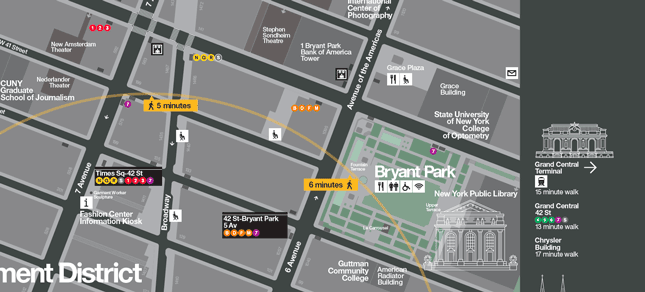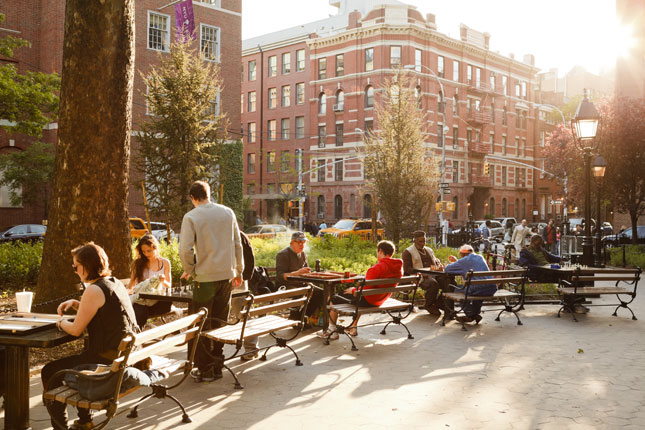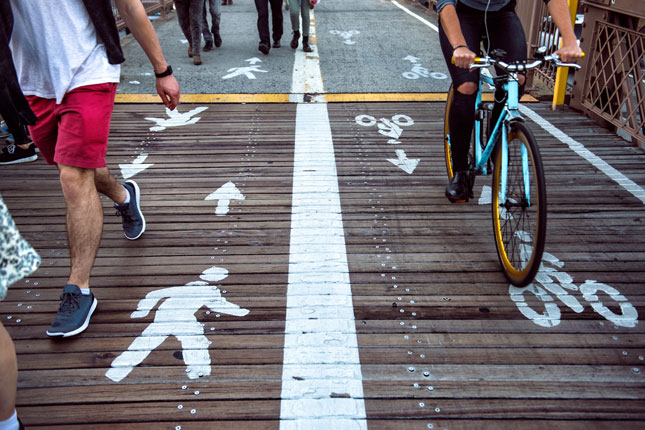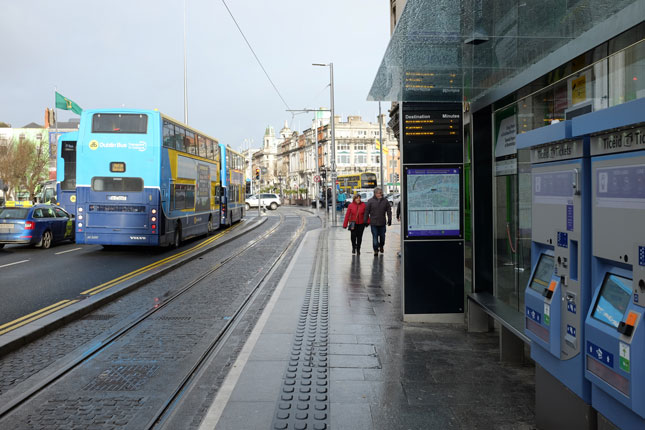Building a business case for City Wayfinding
Building a business case for introducing a City Wayfinding system? This list of many possible returns on investment (ROI) may be useful.


Pedestrians wayfinding maps enhance urban realm improvements by:
- Improved public spaces – a good wayfinding system helps visitors and locals get a better sense of the public spaces around them. Depicting public spaces as green, open and inviting encourages their use.
- Improved sense of community – wayfinding signs promote the city in an inclusive way. Extending the scheme to less prosperous areas of the city sends an important message of inclusion.
- Brand of information – a brand identity for the city with accurate, consistent information across all public information enhances the city’s reputation.
- Publicise new infrastructure – large investment projects such as cycle lanes, new transport services and improved public spaces will benefit from a wayfinding system which shows how to find and use the new infrastructure.
- Enhance the overall city image – the experience of a city can be greatly enhanced by presenting it coherently and pointing out its highlights.

Pedestrians wayfinding maps improve walkability by:
- Reduce walking times – city wayfinding signs help people to choose the best route to their destination, including walking times. The risk of getting lost is also eliminated.
- Give people the confidence to explore – a clear map of the surroundings on signs placed at regular intervals will make people confident to wander off the beaten track and explore new areas. This is a great way to extend footfall to less visited parts of the city.
- Reduce dependance on cars – strategically placed pedestrian mapping, with walking times and integrated public transport information, will encourage people to depend less on private cars to get around.
- Improve the environment – reduced dependance on cars is one of the most important ways to improve the environment in our cities as people turn to sustainable mobility options.
- Improve public health – walking and cycling have been proved to greatly improve the health of the population. Even public transport journeys involve a lot more walking than private car use would.
- Increase pedestrian safety – the increase of walking and cycling associated with a city wayfinding scheme means more people spend more time out in the public realm. This increases safety for pedestrians.

Pedestrians wayfinding maps encourage sustainable mobility by:
- Behavioural change is achieved by making cycling and walking attractive alternatives – wayfinding maps encourage walking by depicting pleasant footpaths, green areas and public squares. Walking distances are displayed to convince people that walking is an option. Cycling is made attractive by highlighting safe, segregated cycle routes through pleasant areas.
- Simplify complex public transport choices – clear wayfinding and public transport information makes sustainable options easier to understand, removing barriers to use.
- Improve connectivity – public transport journeys are usually made of several stages, involving several modes of transport, walking or cycling. Good wayfinding information improves connecitivity between modes.
- Support public engagement initiatives – many cities make use of initiatives to encourage sustainable mobility such as cycle to school or work campaigns. Wayfinding information is key to the success of these schemes as they expect people to change their habits and try something new.

Pedestrians wayfinding maps support economic growth by:
- Improve footfall and visitor spending – wayfinding signage influences footfall in e.g. shopping areas by encouraging walking and exploration.
- Increase the numbers of visitors to main attractions – places of interest are clearly highlighted on wayfinding maps, attracting new visitors.
- Encourage visitors to stay longer and to make return visits – many visitors are surprised as they learn more about what is on offer in a city, including tourism, shopping, business and events. In this way wayfinding information encourages them to extend their stay, get around more and to return in the future.
For more details about the main components of a City Wayfinding system see here.





